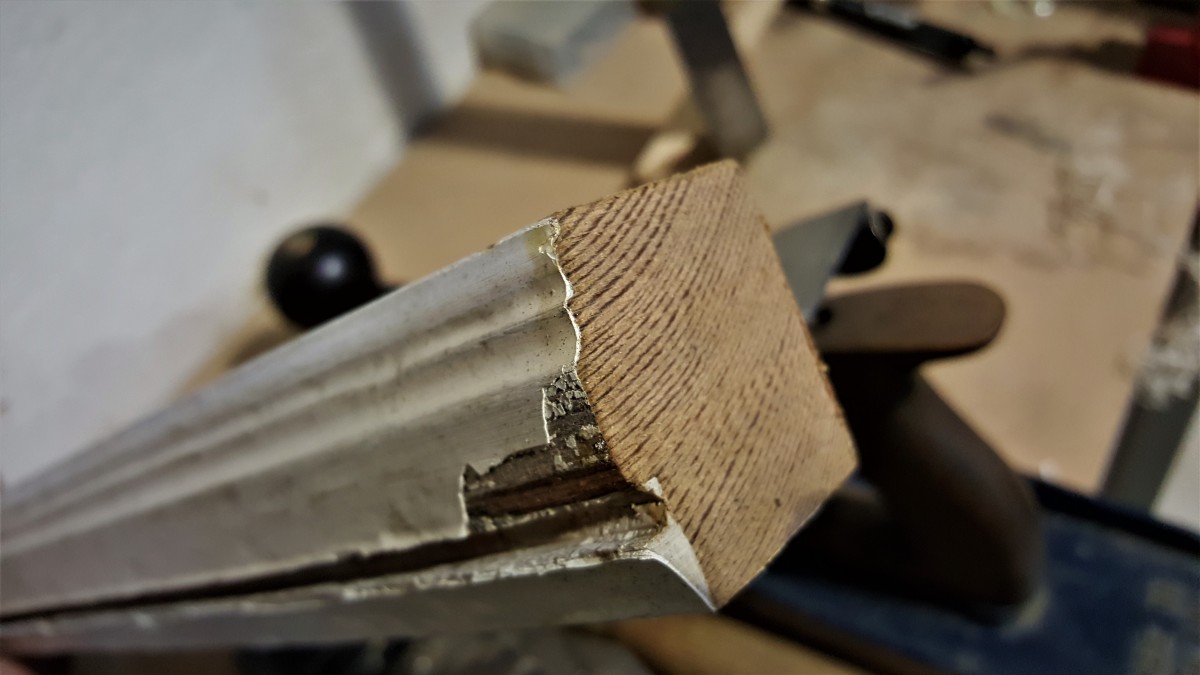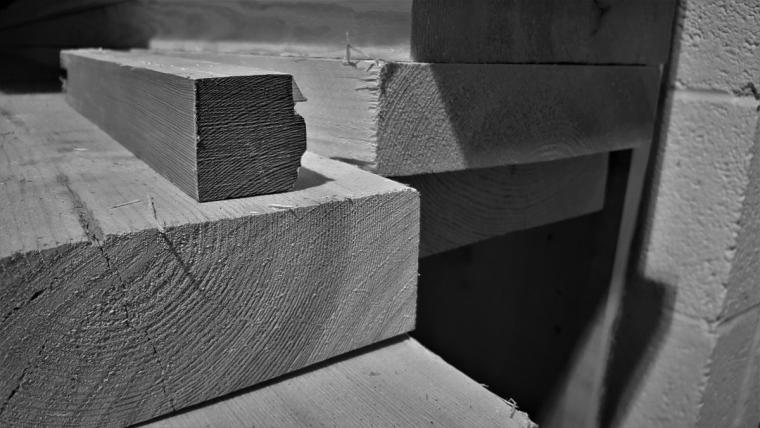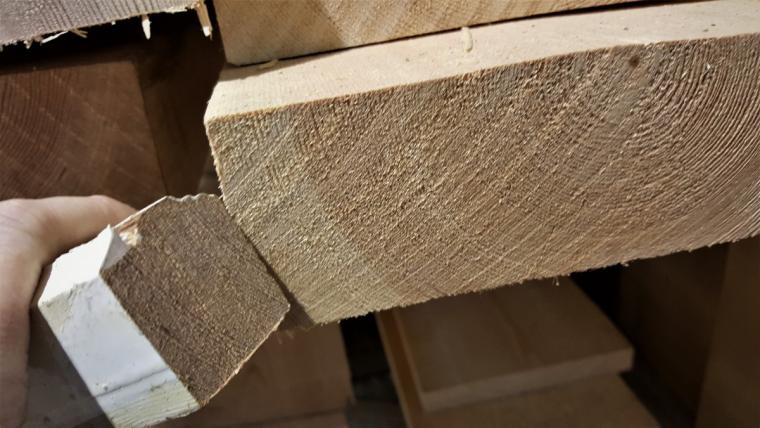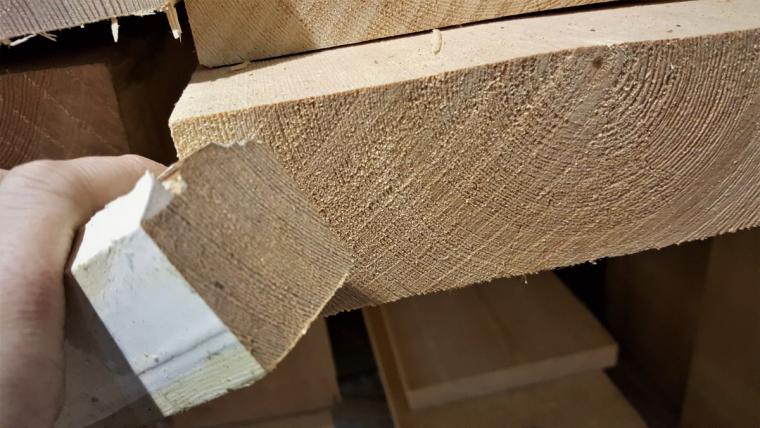Old Wood - Old Pine Vs New Pine

Before I even start trying to negotiate this topic I warn you, my thoughts and observations are just those. Please don't use this blog post as a way to make decisions about what's best for your project.
I've often wondered why old Joiner's have said "the old softwood was much better" and why I've seen so may premature failures of softwood on my site surveys. When the term Softwood, Pine or Deal is used by Joiner's in the UK it almost always means Pinus Sylvestris. A true giant of useful timbers, suited to floor joist, joinery or furniture. Please find out more on the incredible Pegs & 'Tails blog and you can watch it being dealt with in the sawmill the same way as much Pinus Sylvestris was during the 1800's.
In the photo above I have a piece of sash window style made during the Regency Period. At a guess I'd say the tree started growing anytime between 1550 & 1650. This section of wood would of been worked on by Joiner's in a context similar to that found in the Joiners workshop at Forty Hill. Hopefully that paints a picture of what the "good stuff" shoud be. I think perhaps the main reason Joiners have affection for the old timber is it seemed to last so well when used in external situations, such as windows and doors and resisted insects attack and mould when used internally. Nothing would destroy a local reputation or break the heart of the craftsman faster than things rotting or failing within only a few years.

I wondered why it was the older timber lasted so well? Well here are my observations. Just as with any other timber, the immature wood or sapwood is much less durable than the heartwood. It's often difficult to detect sapwood when the wood is new or freshley planed. The easiest way to spa and heart is for the wood to of hung around for a while, when this happens the heart darkens to a rich brown colour while the sapwood stays bright and straw coloured. This can be seen clearly above. In a busy, fast moving industry that was post WW2 joinery production, I think much less heartwood was used, often because the wood was freshly planed and cut and you'd be hard pressed to tell the difference. I think this was one of the contributory factors of the much faster rate of rot and failure rate.

The other major factor could be paint. Paint is now very different to it's early variants found on original, period joinery. Old paint was linseed oil based, in itself a fantastic paint but nearly all early paints have heavy metals such as highly poisonous lead oxide within. Therefore there is a durable and flexible coating, loaded with poison! That's a pretty good way to prolong the life of wood. Clearly lead had to be removed from paints but I think it is perhaps only now we only truly understand the issues around this choice, and again, as with the higher volume of sapwood post WW2 we're starting to see a picture emerging. We can still add "poison" to wood in the form of preservative but for health reasons I prefer to use a durable timber or an innovative wood such as Accoya than to revert to potentially harmful preservatives.

The last issue is the higher levels of humidity that can be found in homes. With homes sealed tight, warm damp air naturally hits the coldest areas and condensates. Even with double or triple glazing this can still happen on the glass. This damp is perfect to create festering rot issues!
So for me softwood is still great for internal projects because many woods, such as beech, sycamore or ash are perishable when used outside but perform just fine in the dry. However because I'd need to remove so much sapwood from softwood to use it externally it would become very costly. If you want to use a softwood consider Accoya, it's not perfect, nothing is, but broadly speaking it is the "good stuff"
